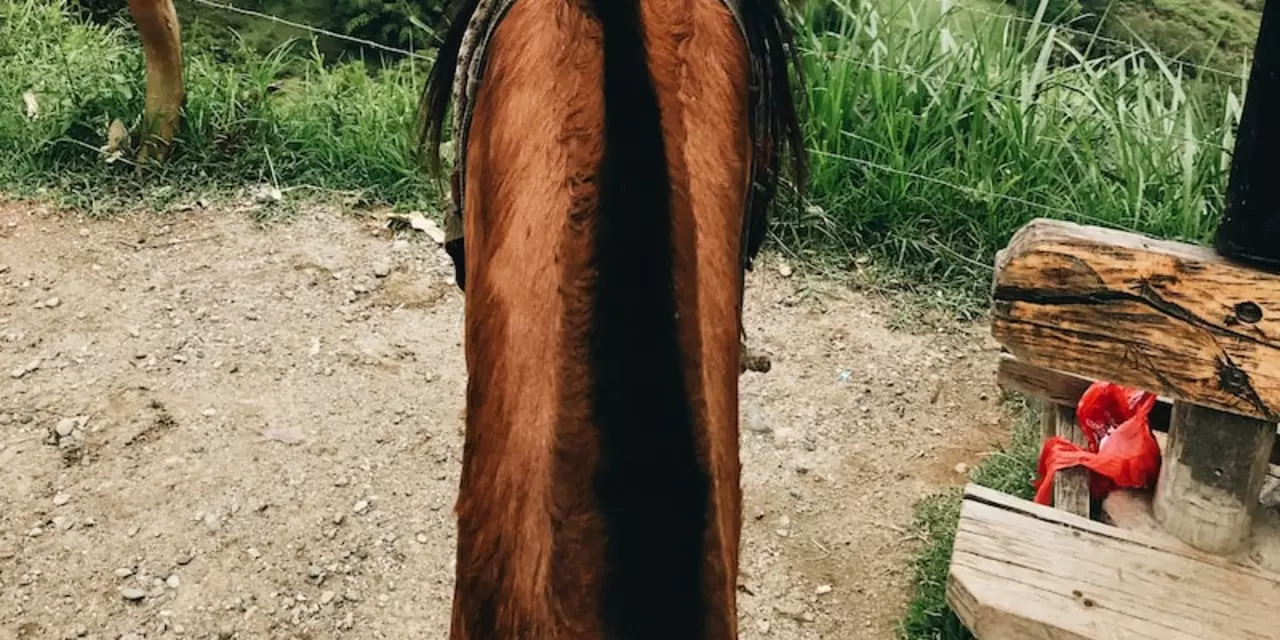Walking Horse Gait: Practical Tips & Training Guide
Ever wondered why some horses glide on the flat while others seem to stumble? The walk is the foundation of every ride, and a smooth walk makes everything else easier. In this guide we’ll break down what a good walk looks like, why it matters, and a handful of easy exercises you can try right now.
What makes a good walk?
A proper walk has four beats: left hind, left front, right hind, right front. The rhythm should be even, with the hind legs leading the motion and the front legs following. If you watch the horse from the side you’ll see a relaxed, fluid motion – no jerky pauses, no rushing. The shoulders stay level, the neck is slightly raised, and the horse’s eyes look forward. When the walk feels like a smooth wave, balance and coordination are working together.
Notice the cadence. A fast, chatter‑y walk often means the horse is nervous or the rider is pulling too hard on the reins. A slow, dragging walk can signal stiffness or a sore back. The sweet spot is a steady tempo that feels natural to both horse and rider.
Simple drills to improve the walk
1. Walk on a circle. Riding a loose circle forces the horse to engage its inside hind leg, which helps lift the stride. Keep the circle wide – about 30 meters – and stay relaxed in the reins. Switch directions after a few minutes so both sides get work.
2. Cavaletti steps. Set up low poles (cavaletti) about 2‑3 feet apart. Ask the horse to step over each one without changing the walk rhythm. This encourages a lighter, more lifted step and improves hind‑leg strength.
3. Half‑halt timing. Apply a gentle half‑halt just as the horse’s hind leg contacts the ground. Release as the front leg moves forward. The brief cue reminds the horse to stay balanced and prevents speeding up.
4. Rein length checks. Too tight reins can force the horse’s head down, tightening the back and ruining the walk. Keep the reins long enough for a soft, steady contact. Light pressure only when you need a cue.
Practice each drill for 5‑10 minutes, three times a week. You’ll start to feel the walk smooth out within a few sessions.
Aside from drills, pay attention to your own posture. Sit deep, keep shoulders relaxed, and let your hips follow the horse’s motion. When your body moves with the walk, the horse naturally mirrors a calm stride.
Remember, the walk isn’t just a gait – it’s a communication tool. A relaxed walk tells the horse you’re confident and in control. The horse returns the favor with a steadier, more willing movement. Use the tips above, stay patient, and watch the improvement roll in. Happy riding!



